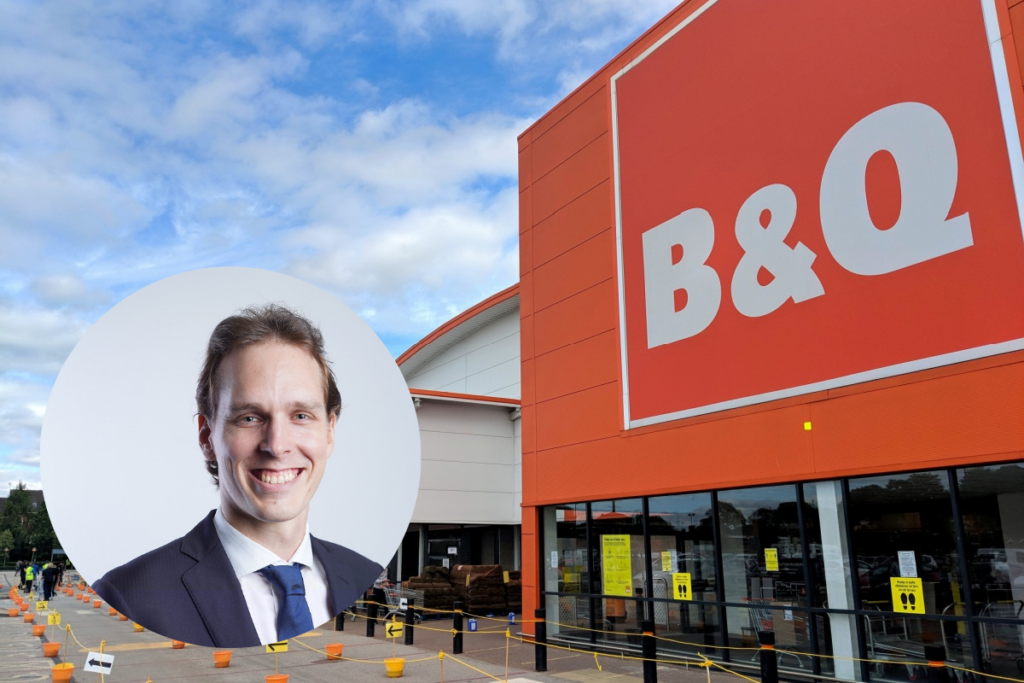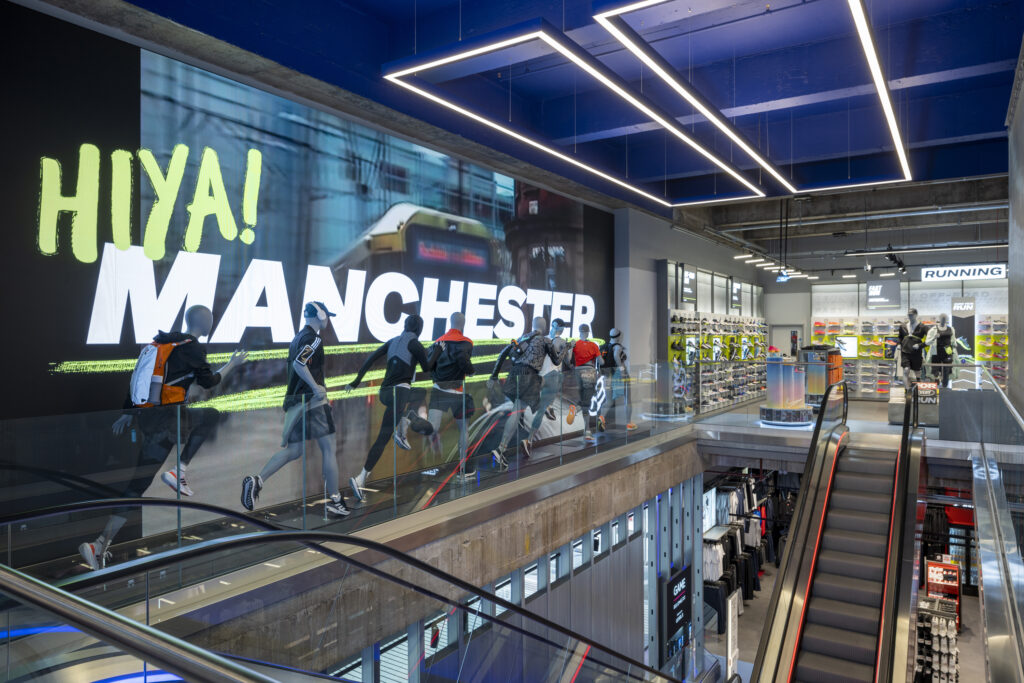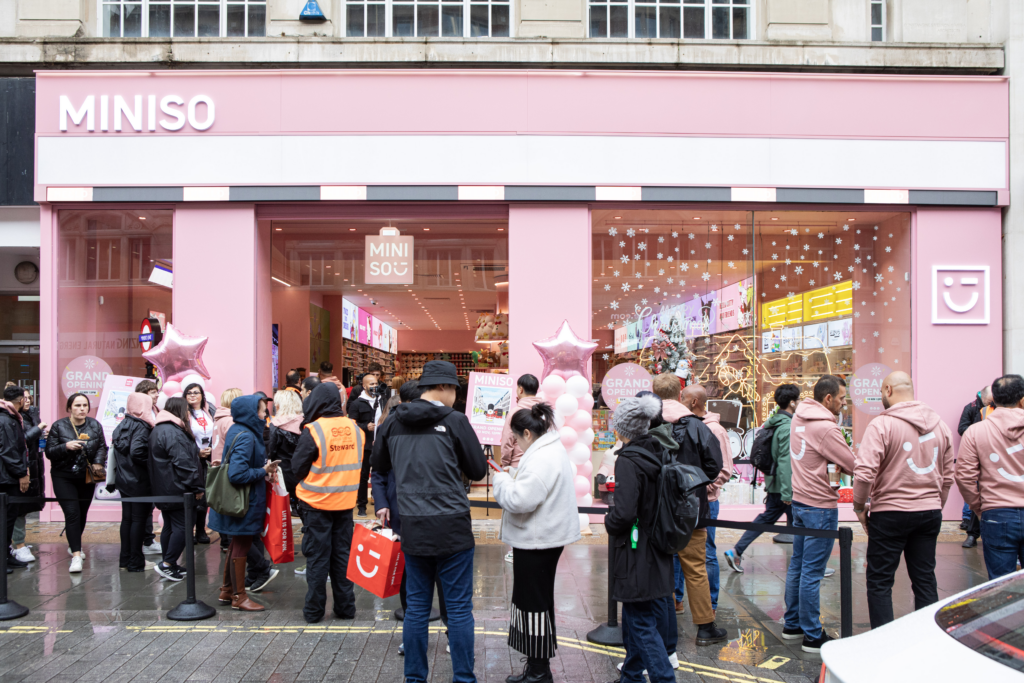The National Minimum Wage (NMW) is now the highest it has ever been, following a significant boost in low paid worker‘s wages at the start of the month. Earlier this year the country also saw the National Living Wage (NLW) hit equal peaks, with the wheels set in motion for it to rise incrementally until 2020.
George Osbourne’s plan to see the NLW reach 60 per cent of the UK‘s median earnings in the next four years has not come as such good news to everyone.
Retailers across the country have expressed their concerns about these significant changes to staff pay, stating there is no other way to keep up with them than by cutting jobs.
“They‘re scratching their heads much harder about how they manage to absorb the costs of the second increment in a years‘ time”
Lobbyists and unions alike have voiced their concerns about the added strain on their business in these uncertain times.
Jason Shorrock, vice president of retail strategy EMEA at JDA, has developed what he thinks could be a solution to the issue which has the potential to change the face of UK retail.
JDA is a company which specialises in helping retailers plan, ensuring their work practices and staff are running at their most efficient. Shorrock possesses a level of insight into the inner workings of retail which very few ever get to see.
RELATED: Will the new minimum wage lead to widespread job cuts?
“We‘ve seen it coming for some time, we have engaged and spoken with a lot of retailers,” he said.
“Of course they have been doing a lot of thinking about how they are going to handle the living wage. The thing with the living wage is it‘s not just a one off thing, it‘s something that will keep going up for years.”
Retailers like Marks & Spencer have already implemented pay changes in preparation for the coming increments of the NLW, with a fallout that spawned a 90,000 signature petition to reverse the changes.
“For a long time, other countries like the Nordics have been working out how they can get the best out of their staff, they have a very high minimum wage”
“A lot of retailers we speak to are saying they are managing to absorb it without having to do anything dramatic in the first year. Many have said they are able to absorb it with short term efficiencies in their operation,” Shorrock said.
“They‘re scratching their heads much harder about how they manage to absorb the costs of the second increment in a years‘ time, and the one after that.
“Those start to really impact margins, then you put a Brexit on top. Brexit put it all into an even sharper focus. The cost of goods going up means that prices are pushed just a bit harder.”
According to Shorrock, the solution boils down to three things. Making the most of your staff, using mobile technology, and monitoring your working processes closely so you can ensure maximum efficiency.
RELATED: Retailers divided on National Living Wage
“On a Saturday morning at 11 o‘clock I need to have 15 tills open all staffed up, I also know on a Friday night after work people come in to collect their orders, at that time I need people on the click and collect area.
“These things can be forecast really quite accurately. For a long time, other countries like the Nordics have been working out how they can get the best out of their staff, they have a very high minimum wage.
“One company forecasts to a 15-minute level where they need staff and what they expect them to be doing. This means you can u
RELATED STORIES


















